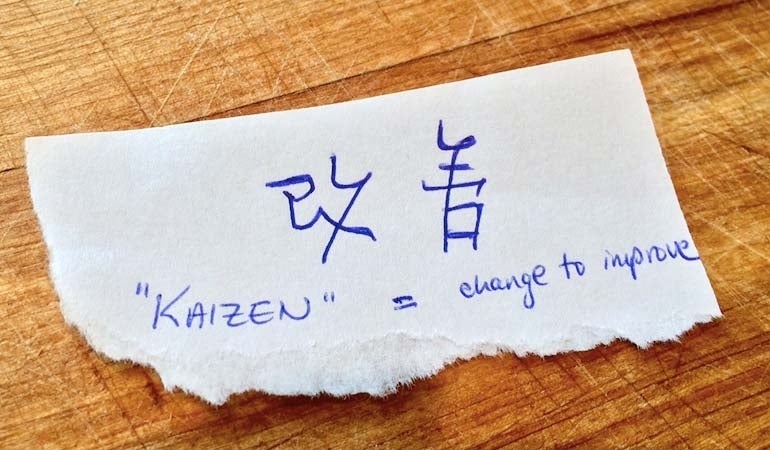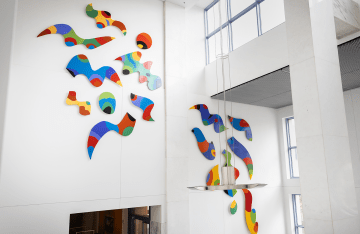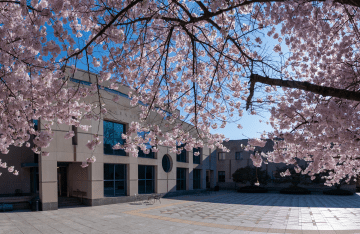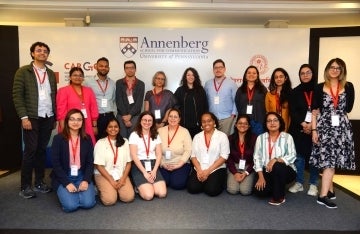SummerCulture 2016 Participants Present Their Research
Eight students shared the projects they researched while at the annual summer institute, held this year in Japan.

Photo Credit: Su San Lee / Unsplash
Each summer, Barbie Zelizer, Ph.D., Raymond Williams Professor of Communication and Director of the Scholars Program in Culture and Communication, leads SummerCulture, a two-week immersive research experience for Annenberg graduate students held in a different foreign country each year.
Coinciding with the International Communication Association’s annual conference in Fukuoka, Japan, this year’s program was located in Tokyo and hosted by Kaori Hayashi, Professor of Media and Journalism Studies at the University of Tokyo. Past SummerCulture locations include South Africa, Puerto Rico, Hong Kong, Ireland, Spain, and Turkey, among others.
The theme of SummerCulture 2016 was “Japan: A Nation of Conflicting Images and Realities.”
At a colloquium on October 5, doctoral candidates Kecheng Fang, Katerina Girginova, Nour Halabi, and Aaron Shapiro and doctoral students Leah Ferentinos, Elisabetta Ferrari, Samantha Oliver, and John Vilanova presented their research from the trip.
Fang’s project, entitled “Visualizing the Limited Diversity of Japanese Media Landscape,” explored the state of Japanese journalism, given its reputation for deference to the Japanese government. By asking his interviewees to sketch their answers to his questions, Fang investigated the factors that constrain Japanese journalists to levels not seen in journalists of other East Asian nations, notably China and Korea.
Girginova investigated the role of innovation in Japanese society in her project “Innovative Japan.” Girginova identified a paradox: Many Japanese she interviewed insisted that the Japanese are not innovative, yet from robotics to Pokemon, Girginova points out clear innovations that have taken the world by storm. She also considered the similarities and differences between American and Japanese perceptions of innovation by examining word usage.

In his project “Curious Machine: Japanese Robotics as Native-Other,” Shapiro examined the Japanese relationship to robots and automation, particularly considering the following: aesthetics, military, gender norms, aging society, and immigration.
Ferentinos explored the Jewish community in Japan in her project titled “Japanese Jewry: Institutional Memory and the Lived Experience.” Through site visits and interviews, she considered how the particular historical context of Japan impacts the lived experience of the Jewish community.
In her project “Constructing the "Normal" Protester: SEALDs and the Negotiation of a New Image of Protest,” Ferrari researched the SEALDs (Students Emergency Action for Liberal Democracy) movement, specifically considering how SEALDs was influenced by earlier protests, how SEALDs was able to brand itself for success, and the possible impact it could have on future protests in Japan.

Halabi’s project, “Hasumi and the Refugee: Media Hospitality in Japan,” used a manga illustration as the launching point to consider the notion of media hospitality and how the Japanese media has depicted the Syrian refugee crisis. The illustration, which was created by the artist Toshiko Hasumi and distributed on Facebook, repurposed a photograph of a Syrian refugee girl into an anti-refugee message.
Oliver explored World War II narratives in Japan in her project “WWII Narratives in Japanese Museums.” She visited nine museums in Tokyo, considering how each portrayed the war to its audience, finding a widespread tendency to describe the war in terms of how the Japanese people found unity amid the wartime hardship.

In his project “Roots Routes: Jamaica, Japan, and the International Reggae Trade,” Vilanova researched the circumstances which led to the major popularity of Jamaican reggae in Japan, evidenced today in the thriving Japanese market for Jamaican reggae records.
Following the presentations, the graduate students received questions from those in attendance — composed of faculty, staff, and other students — and from Hayashi, who joined the event via video conference.
Zelizer, who is a Helsingin Sanomat Foundation Fellow this academic year at the Helsinki Collegium for Advanced Studies, University of Helsinki, also returned to Annenberg for the event.



